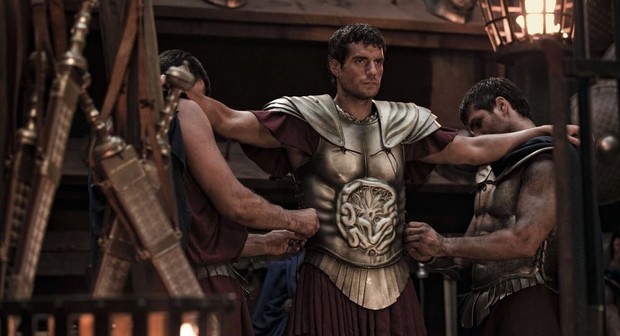Immortals (2011), directed by Tarsem Singh, is a visually stunning action-fantasy film that reimagines Greek mythology with an artistic flair. With a star-studded cast including Henry Cavill, Mickey Rourke, Freida Pinto, and Luke Evans, the movie is celebrated for its breathtaking visual effects and unforgettable epic battle scenes. This review explores the film’s storyline, visual artistry, character performances, and key areas where it both excels and falls short.
Set in ancient Greece, Immortals (2011) follows the journey of Theseus (Henry Cavill), a mortal warrior chosen by the gods to lead humanity against the tyrannical King Hyperion (Mickey Rourke). The narrative weaves elements of Greek mythology into a quest filled with divine interventions, legendary weapons, and a struggle against dark forces. This mythic journey is at the heart of this movie review and offers a fresh, visually-driven interpretation of classic tales.
Visuals and Cinematography
Stunning Visual Effects and Artistic Vision
Immortals (2011) is renowned for its cutting-edge visual effects. Under the direction of Tarsem Singh, the film presents a striking visual narrative that draws inspiration from classical art and modern graphic novels. The vibrant color palettes and meticulous framing transform every scene into a living canvas.

Artistic Style and Influences
The movie’s aesthetic is heavily influenced by ancient Greek art and Renaissance paintings. This artistic approach not only enhances the mythological themes but also creates a surreal atmosphere that elevates the storytelling.
Slow-Motion Epic Battle Scenes
The use of slow-motion in the epic battle scenes amplifies the intensity of combat. This technique, combined with high-quality visual effects, ensures that every clash feels both dramatic and artistically choreographed.






